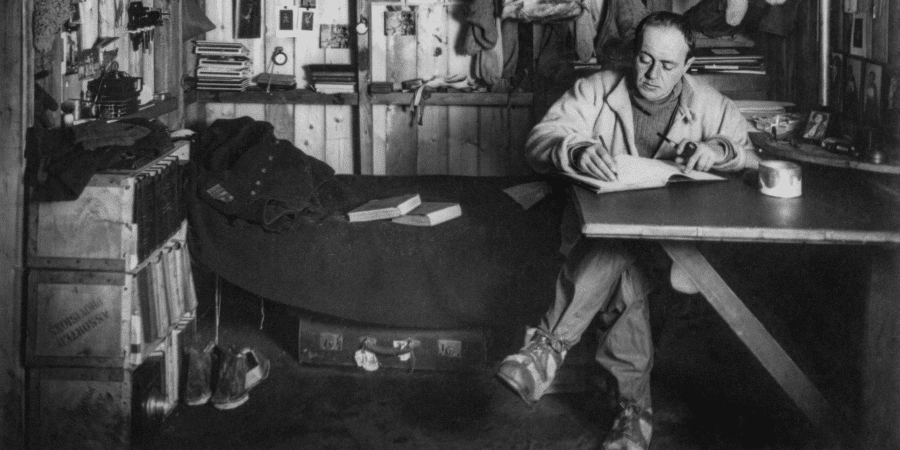Creating a complex story with layers is an art form that requires careful planning, attention to detail, and creative storytelling techniques. Multi-layered stories engage readers on multiple levels, offering depth, richness, and complexity that keep them captivated from beginning to end. In this article, we’ll explore how writers can craft multi-layered stories that resonate with readers and leave a lasting impact.
Start with a Strong Foundation
The key to creating a multi-layered story is to start with a strong foundation. Begin by developing a compelling central idea or theme that will serve as the backbone of your story. This central idea should be broad enough to allow for multiple layers of complexity, yet focused enough to provide a clear direction for your narrative. Consider what message or insight you want to convey through your story and how you can explore this theme from different angles and perspectives.
Develop Complex Characters
Characters are the heart and soul of any story, and creating complex, multi-dimensional characters is essential for crafting a multi-layered narrative. Develop characters with depth, flaws, and internal conflicts that drive their actions and decisions throughout the story. Consider their backgrounds, motivations, and relationships with other characters, and explore how these factors shape their journey and contribute to the layers of your story. Give each character their own arc and development, allowing them to grow and change over the course of the narrative.
Weave Multiple Plotlines
Multi-layered stories often feature multiple plotlines that intersect and intertwine throughout the narrative. Weave together different strands of the story, each with its own set of characters, conflicts, and resolutions, to create a tapestry of interconnected events and themes. Consider how these plotlines complement and contrast with each other, adding depth and complexity to the overall story. Use techniques such as foreshadowing, callbacks, and parallel storytelling to create cohesion and coherence across multiple plotlines.
Use Symbolism and Metaphor
Symbolism and metaphor are powerful tools for adding layers of meaning to your story. Incorporate symbols, motifs, and recurring themes that resonate with the central idea of your narrative, adding depth and complexity to the overall meaning. Explore how these symbols evolve and change over the course of the story, reflecting the growth and development of your characters and themes. Use metaphorical language and imagery to evoke emotions and provoke thought, inviting readers to interpret and engage with your story on a deeper level.
Explore Different Perspectives
Another way to add layers to your story is to explore different perspectives and points of view. Present the same events from multiple characters’ perspectives, allowing readers to see the story unfold through different lenses. This not only adds depth and complexity to the narrative but also challenges readers’ assumptions and preconceptions, encouraging them to question their own perspectives and biases. Consider how each character’s unique viewpoint contributes to the overall understanding of the story and its themes.
Create Subtext and Subplots
Subtext and subplots are essential elements of multi-layered storytelling, adding nuance and depth to the narrative. Incorporate subtle hints, clues, and hidden meanings beneath the surface of your story, allowing readers to uncover additional layers of meaning as they delve deeper into the text. Develop subplots that run parallel to the main storyline, exploring secondary themes and conflicts that enrich the overall narrative. Use these subplots to flesh out your world, develop secondary characters, and add complexity to the central story arc.
Embrace Ambiguity and Complexity
Multi-layered stories often thrive on ambiguity and complexity, challenging readers to grapple with unanswered questions and unresolved conflicts. Embrace ambiguity in your storytelling, leaving room for interpretation and speculation, and trust your readers to fill in the blanks with their own interpretations and insights. Avoid neat resolutions and tidy endings, opting instead for open-ended conclusions that leave readers thinking long after they’ve finished the story. By embracing ambiguity and complexity, you invite readers to engage with your story on a deeper level, exploring its layers and uncovering its hidden depths.
Challenges and Rewards in Multi-Layered Stories
Crafting a multi-layered story is a challenging yet rewarding endeavor that allows writers to explore complex themes, characters, and plotlines. By starting with a strong foundation, developing complex characters, weaving multiple plotlines, using symbolism and metaphor, exploring different perspectives, creating subtext and subplots, and embracing ambiguity and complexity, writers can create narratives that resonate with readers and leave a lasting impact. So whether you’re writing a novel, short story, or screenplay, consider incorporating these techniques into your storytelling toolkit and watch as your narrative comes to life with layers of depth and meaning.














